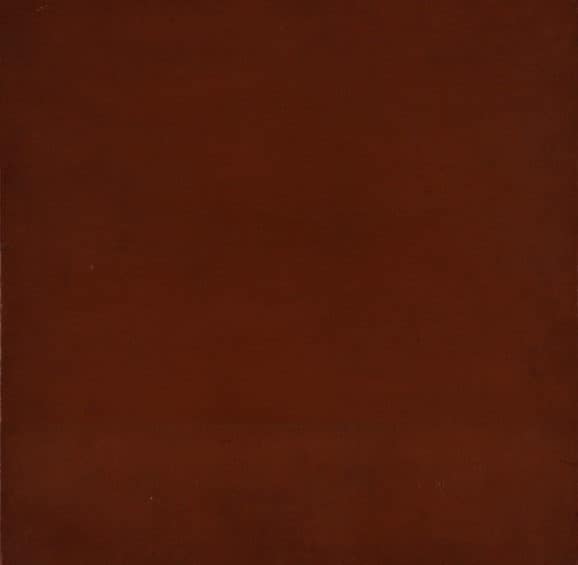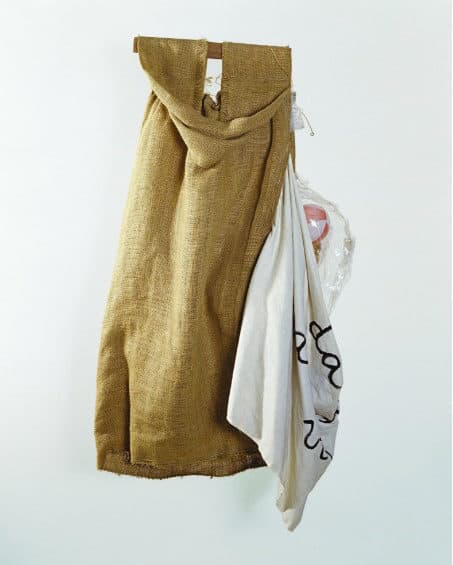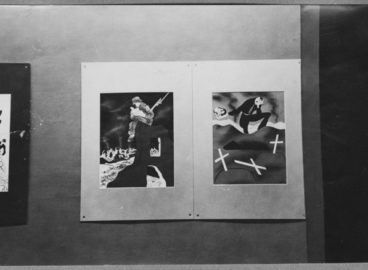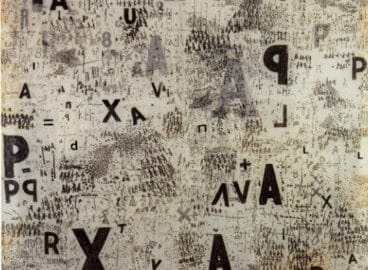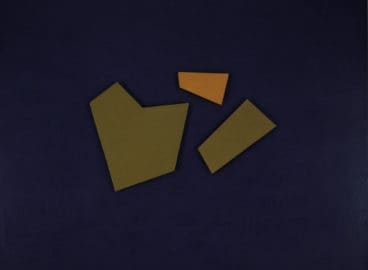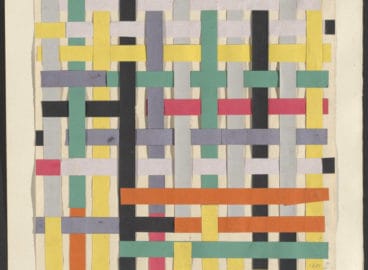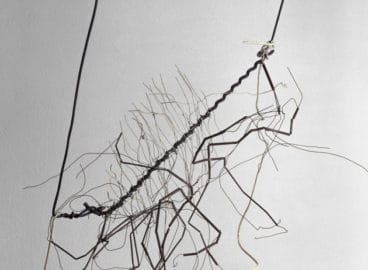Painting 9 is a major work by artist Hélio Oiticica. It was made in 1959, at a pivotal moment for a new and quintessentially Brazilian form of modernism. In this essay, Starr Figura, Curator in the Department of Drawings and Prints, describes this work, which is part of the recent Cisneros’ gift, as well as other works by the artist in the MoMA collection.
This text was originally published under the theme “Patricia Phelps de Cisneros Research Institute for the Study of Art from Latin America.” The original content items in this theme can be found here.
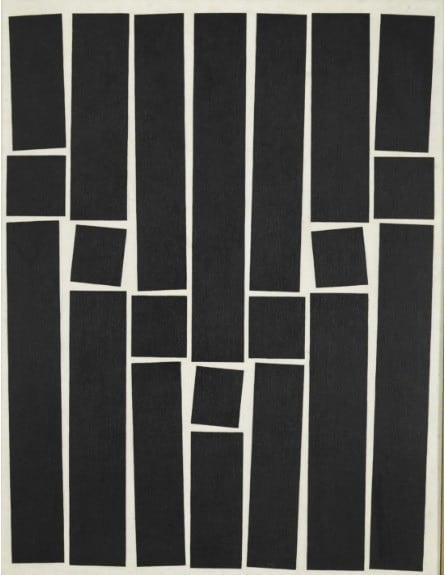
Hélio Oiticica is an important figure both within the history of Brazilian modernism and in terms of contemporary art more broadly. His life was cut short by a massive stroke at age forty-three, but his career was intensely productive and influential. As a young artist in the mid-1950s, Oiticica was involved with geometric abstraction, heavily influenced by Kazimir Malevich and Piet Mondrian. In 1959, together with Lygia Clark, he became a leader of the Neo-Concretist movement in Rio de Janeiro.
Painting 9, a major work by Oiticica, was created at a key moment, when Neo-Concretism emerged as a new and quintessentially Brazilian form of modernism. Neo-Concretism dramatically disrupted the regularity of a strict geometric system (à la Mondrian), as you can see here in the way the stripes and squares are just a little bit off-kilter, such that an exciting new sense of rhythmic movement or kinesis is introduced into the composition.
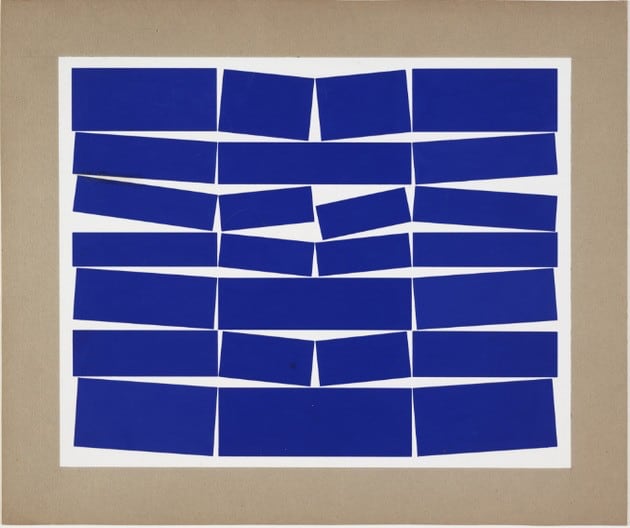
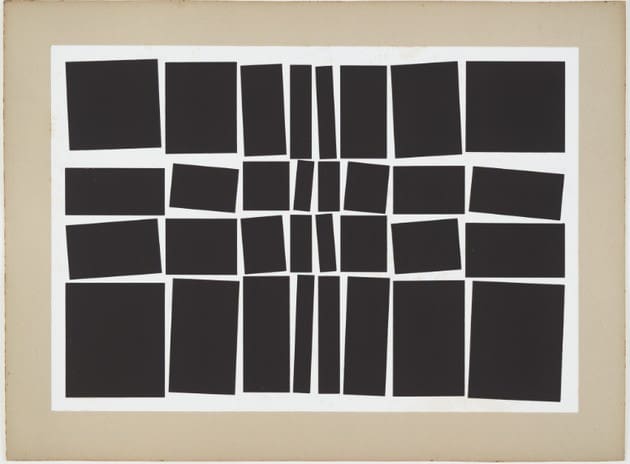
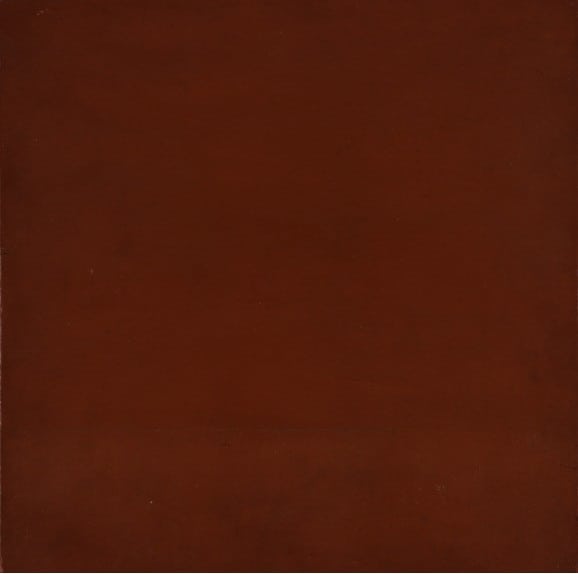
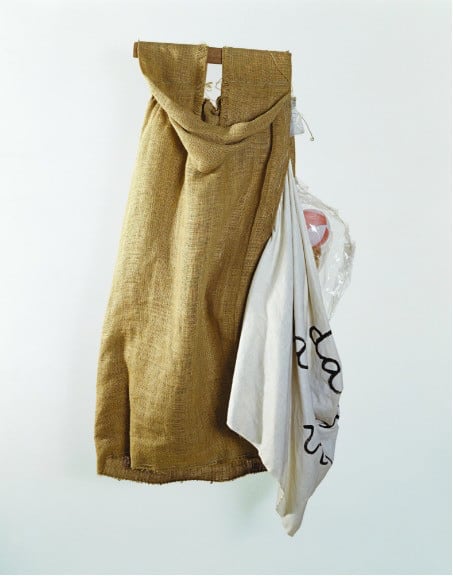
Painting 9 evolved out of a slightly earlier series of gouache drawings, all titled Metaesquema. The Museum is fortunate to have several of these gouaches that are closely related to Painting 9. Other Oticicia works in MoMA’s holdings range from one of his earliest geometric paintings to a beautiful monochrome, which clearly dovetails with works made from the same time by Robert Ryman, Yves Klein, and others in MoMA’s collection, to an example of the interactive, performance-based sculptures he made in the 1960s and 1970s. These cape-like garments, known as Parangolés, were intended for viewers to wear and activate by dancing or processing.
